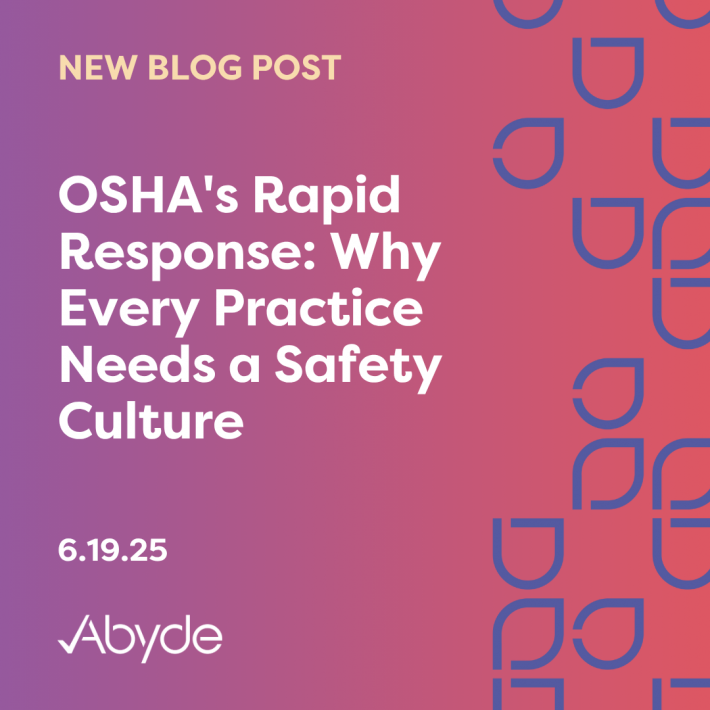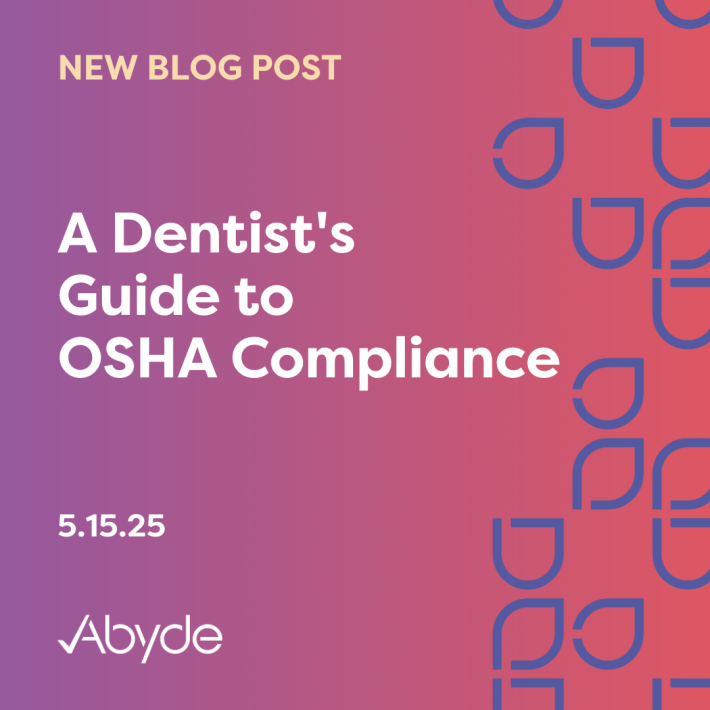March 26, 2024
A long time ago in a galaxy far far away…
Okay, maybe the history of OSHA might not be that entertaining. But, let’s be honest, being aware of the history of safety measures for your practice might be a little more important than knowing the planet Obi-Wan Kenobi is from (Stewjon, if you’re wondering).
Today, we’re going over the history of OSHA. Don’t worry about this being a total snoozefest like history classes in high school, that’s not what we do here.
Get comfortable, because we’re diving right into the history of this agency for workers’ rights.
Back to Basics
OSHA, or the Occupational Safety and Health Administration, is the government agency that ensures employees are safe and healthy. When workplaces do not follow OSHA protocols, consequences are sure to follow.
OSHA dates back to 1970. Now, most might think of the 60s and 70s as a time of bell bottoms and groovy music, but before OSHA, there were few, if any, standards for employee safety.
There were attempts before for federal-level workers’ safety legislation under Lyndon B. Johnson in ‘68, but were unsuccessful.
Before OSHA, just in the year 1970, over 14,000 people died at work. As more people were hurt and fatally injured at work, something had to happen.
After years of trying to get workers’ safety regulated on a federal level, on December 29, 1970, Richard Nixon signed the Occupational Safety and Health Act, or the OSH Act. Now, that’s something a lot better on your resume than Watergate!
What Does This Mean?
Okay, awesome, it was signed. Now what? How did this piece of legislation lead to the OSHA we know and love today?
Well, the OSH Act went into effect early the following year, on April 28, 1971.
As a result of workers’ safety regulations reaching a federal level, OSHA and the NIOSH, or the National Institute for Occupational Safety and Health, were established.
OSHA and NIOSH (say that three times fast!) are sister agencies, with the same mission of mitigating and eliminating workplace injuries.
OSHA’s job is to enforce regulations and standards, while NIOSH is the researcher, making recommendations on new legislation to keep employees safe.
In its first decade, OSHA set out to tackle some of the largest issues in the workplace: asbestos, lead, carcinogens and cotton dust. OSHA training standards were established, and some whistleblower protections were also introduced.
OSHA got busy, fast. Over its course of existence, there have been numerous rules and legislation adopted to ensure the safety of employees. For instance, in the 80s, the Supreme Court ruled that the OSH Act protects employees who refuse unsafe work. The 80s (other than awesome movies) included legislation for the certification of equipment, and protection against noise, grain dust, and hazardous energy.
The 90s, a time full of grunge and social awareness, introduced numerous healthcare rules, like how to handle bloodborne pathogens in the Bloodborne Pathogen Standard, falls, toxic substances, laboratory safety, and more.
There have been a variety of historical events that have influenced OSHA in the 21st century. In the 2000s, 9/11 and Hurricane Katrina brought into focus new protections and emergency response plans. The Needlestick Safety and Prevention Act was also signed, revolutionizing the medical field, requiring things like safer medical devices and a sharps injury log. The 2010s welcomed new rules regarding oil spills in the aftermath of the Deepwater Horizon Oil Spill.
The latest major OSHA history news surrounds COVID-19, with the unprecedented pandemic introducing new rules to ensure employees were safe.
OSHA in Action
OSHA has made an undeniable impact on the safety of employees. Since OSHA was established, workplace deaths and illnesses have fallen by nearly 70%!
Since its introduction in 1970, OSHA has empowered employees to feel safe at work by providing safety guidelines and enforcement. Without OSHA, employees would not have the safety frameworks they need and deserve to do their jobs safely.
We hope you’ve enjoyed our history lesson today.
A+s for all of our Abyde users!
While OSHA has greatly benefited the safety of employees, it’s up to your practice to make sure you’re following OSHA protocols, keeping your employees safe.
Abyde can be your OSHA solution, making sure you’re staying OSHA-compliant and up-to-date with all legislation. To learn more about where your practice’s compliance currently stands, email us at info@abyde.com and schedule a consultation here.





